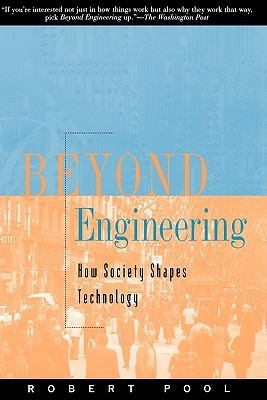What do you think?
Rate this book


368 pages, Paperback
First published January 1, 1997
This is a very different book from the one I began writing four years ago窶� In 1991, the Alfred P. Sloan Foundation provided grants to some two dozen writers to create a series of books on technology. Because [technology has shaped the modern world so profoundly], Sloan wanted to give the general, non-technical reader some place to go in order to learn about the invention of television or X-rays or the development of birth control pills. This would be it. Sloan asked that each book in the series窶� be accessible to readers with no background in science or engineering窶�
I took nuclear power窶�
窶ヲThe system of cows, humans and bacteria was simply too complex to analyze in any but the crudest detail. The calculation of risk could only be an approximation. In such cases, where there is no clear right or wrong answer, people tend to rely on their instincts, biases and gut feelings about how the world works窶�
So you want to understand an aircraft carrier? Well, just imagine that it窶冱 a busy day, and you shrink San Francisco Airport to only one short runway and one ramp and gate. Make planes take off and land at the same time, at half the present time interval, rock the runway from side to side, and require that everyone who leaves in the morning returns that same day. Then turn the radar off to avoid detection, impose strict controls on radio, fuel the aircraft in place with their engines running, put an enemy in the air, and scatter live bombs and rockets around. Now wet the whole thing down with salt water and oil, and man it with 20-year-olds, half of whom have never seen an airplane close up. Oh, and by the way, try not to kill anyone.